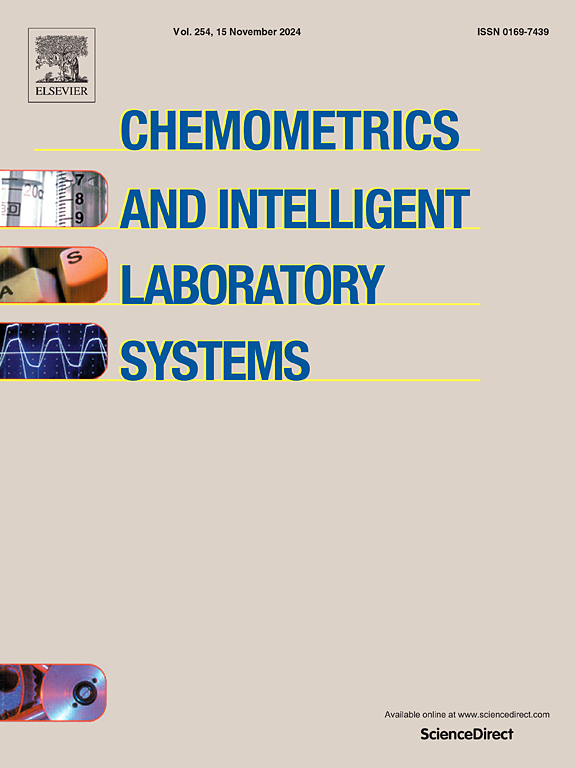AQbD approach for the development of an analytical procedure for the separation of cephalosporin drugs and their degradation products
IF 3.7
2区 化学
Q2 AUTOMATION & CONTROL SYSTEMS
Chemometrics and Intelligent Laboratory Systems
Pub Date : 2025-03-25
DOI:10.1016/j.chemolab.2025.105389
引用次数: 0
Abstract
In the pharmaceutical industry, analytical procedures are used to conduct research, development and quality control of drugs and medicines. Given the importance of the Analytical Quality by Design (AQbD) approach in the rational development of analytical procedures, especially by minimizing the need for experiments, acquiring and improving knowledge during development and ensuring the flexibility of the method, this study aimed to develop an analytical procedure, based on AQbD principles, for the identification and quantification of different cephalosporins, as well as to create a tool for defining the method operable design region. The initial screening phase of analytical development was carried out using an in silico tool developed in a previous study. During the analytical development phase, a forced degradation study was performed using Liquid Chromatography Coupled to Mass Spectrometry (LC-MS) to identify cephalosporin degradation products. The developed method, along with its Method Operable Design Region (MODR), was validated, resulting in a robust and flexible analytical procedure for identifying and quantifying different cephalosporins in accordance with AQbD principles. The proposed tool considers multiple chromatographic responses, target uncertainty and desired confidence level, simplifying the verification of compliance with quality requirements defined in Analytical Target Profile, offering a reliable process that adapts to parameter changes, maintaining the quality of results.
求助全文
约1分钟内获得全文
求助全文
来源期刊
CiteScore
7.50
自引率
7.70%
发文量
169
审稿时长
3.4 months
期刊介绍:
Chemometrics and Intelligent Laboratory Systems publishes original research papers, short communications, reviews, tutorials and Original Software Publications reporting on development of novel statistical, mathematical, or computer techniques in Chemistry and related disciplines.
Chemometrics is the chemical discipline that uses mathematical and statistical methods to design or select optimal procedures and experiments, and to provide maximum chemical information by analysing chemical data.
The journal deals with the following topics:
1) Development of new statistical, mathematical and chemometrical methods for Chemistry and related fields (Environmental Chemistry, Biochemistry, Toxicology, System Biology, -Omics, etc.)
2) Novel applications of chemometrics to all branches of Chemistry and related fields (typical domains of interest are: process data analysis, experimental design, data mining, signal processing, supervised modelling, decision making, robust statistics, mixture analysis, multivariate calibration etc.) Routine applications of established chemometrical techniques will not be considered.
3) Development of new software that provides novel tools or truly advances the use of chemometrical methods.
4) Well characterized data sets to test performance for the new methods and software.
The journal complies with International Committee of Medical Journal Editors'' Uniform requirements for manuscripts.

 求助内容:
求助内容: 应助结果提醒方式:
应助结果提醒方式:


